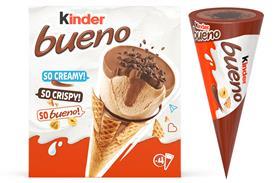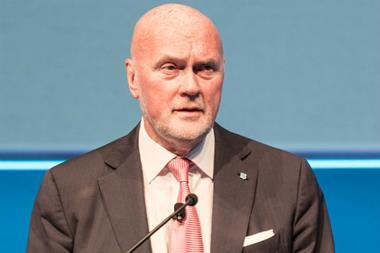High sales of digital still cameras means that the end is not yet nigh for the alkaline battery despite new technologies hitting the mark
In the past year there have been a plethora of ‘firsts’. Panasonic’s Oxyride technology is claimed to be a combination of new materials (manganese dioxide, nickel hydroxide and active elements) with new manufacturing technology.
Energizer has launched Ultimate Lithium, which it claims is the first lithium battery presented in an AA or AAA-sized cell with added anti-leak and extreme condition performance benefits.
Duracell, meanwhile, recently launched Ultra M3 batteries offering advanced performance.
All three batteries target the market for power-
hungry appliances. But suppliers remain adamant that alkaline technology will not go the way of zinc carbon, which has shrunk to a 9.5% share of the general purpose battery market [TNS, 52 w/e May 22, 2005].
Sony’s Corinna Bergner believes that alkaline remains a popular technology, due to the number of ‘entry level’ digital still cameras (DSCs) on the market, many of which include standard primary alkaline batteries rather than lithium ion rechargeable batteries as a cost-saving measure. On the back of this, internal estimates suggest alkaline batteries have increased their share of the DSC market from 26% in 2001 to 46% in 2004, putting it on a current par with lithium ion.
Both Duracell and Energizer have both developed their alkaline offerings recently. Duracell says its Ultra M3, with a 10.7% value share of the alkaline market, is its best-performing product [IRI/GFK 4 w/e May 14, 2005]. Energizer markets both Ultimate Alkaline and Ultra Plus ranges in the alkaline sector.
Duracell also suggests that one in four batteries is currently used in a toy [NUS study 2004] and, to capitalise on the market for children, has this year launched a range of kids’ torches, featuring the Duracell Bunny and Looney Tunes characters.
In the past year there have been a plethora of ‘firsts’. Panasonic’s Oxyride technology is claimed to be a combination of new materials (manganese dioxide, nickel hydroxide and active elements) with new manufacturing technology.
Energizer has launched Ultimate Lithium, which it claims is the first lithium battery presented in an AA or AAA-sized cell with added anti-leak and extreme condition performance benefits.
Duracell, meanwhile, recently launched Ultra M3 batteries offering advanced performance.
All three batteries target the market for power-
hungry appliances. But suppliers remain adamant that alkaline technology will not go the way of zinc carbon, which has shrunk to a 9.5% share of the general purpose battery market [TNS, 52 w/e May 22, 2005].
Sony’s Corinna Bergner believes that alkaline remains a popular technology, due to the number of ‘entry level’ digital still cameras (DSCs) on the market, many of which include standard primary alkaline batteries rather than lithium ion rechargeable batteries as a cost-saving measure. On the back of this, internal estimates suggest alkaline batteries have increased their share of the DSC market from 26% in 2001 to 46% in 2004, putting it on a current par with lithium ion.
Both Duracell and Energizer have both developed their alkaline offerings recently. Duracell says its Ultra M3, with a 10.7% value share of the alkaline market, is its best-performing product [IRI/GFK 4 w/e May 14, 2005]. Energizer markets both Ultimate Alkaline and Ultra Plus ranges in the alkaline sector.
Duracell also suggests that one in four batteries is currently used in a toy [NUS study 2004] and, to capitalise on the market for children, has this year launched a range of kids’ torches, featuring the Duracell Bunny and Looney Tunes characters.

















No comments yet